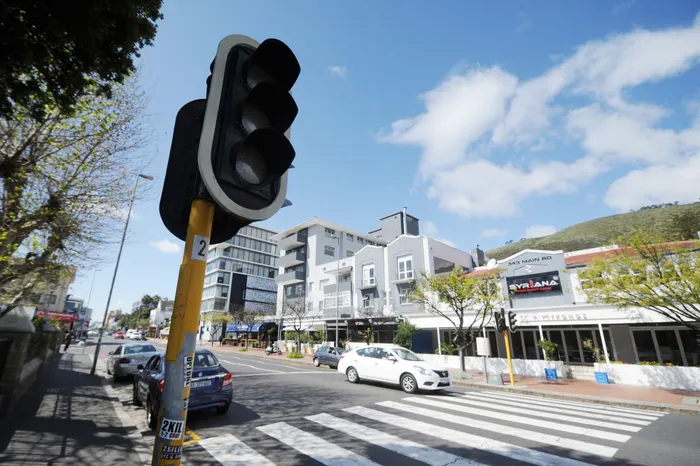Eskom puts a dampener on market rally

The power utility ramped up load shedding to Stage 4 yesterday, decreasing to lower stages throughout the weekend following the near depletion of its emergency generation reserves. Photo: Armand Hough. African News Agency (ANA)
Eskom has put a dampener on the market rally by announcing various stages of power cuts into the weekend, reversing positive sentiment from the fiscally-prudent medium-term budget.
The power utility ramped up load shedding to Stage 4 yesterday, decreasing to lower stages throughout the weekend following the near depletion of its emergency generation reserves.
Eskom spokesperson Sikonathi Mantshantsha said Eskom was still facing generation capacity challenges necessitating the continuation of the power cuts, despite bringing some generation units back online.
“The emergency generation reserves are almost depleted, both the diesel and pumped storage dam levels,” Mantshantsha said.
“These, together with persistent high levels of breakdowns of generating units, are among the major contributors to the continuing generation capacity shortages.”
This saw the rand weakening to R18.09 against the US dollar, slashing Wednesday’s rally as the greenback recovered from its lowest level in over a month after the US gross domestic product (GDP) growth beat forecasts.
The US economy grew an annualised 2.6% in the third quarter, beating forecasts of a 2.4% rise and rebounding from a contraction in the first half of the year.
Stocks on the JSE also turned almost flat yesterday, with the JSE All Share Index moderating 0.1% to 67 016 points by 4pm after paring early losses as gains in tech stocks and industrials offset weakness in resource-linked shares.
Finance Minister Enoch Godongwana on Wednesday said unreliable electricity supply, among others, was the major long-standing structural impediment that continued to hamper economic growth.
Eskom is not only a significant risk to economic growth but also threatens to derail the fiscus, with billions of rand spent by the government to support the financial health of the utility.
As a result, Godongwana said the government would take over a significant portion of the utility’s R400 billion debt, and the quantum was expected to be between one-third and two-thirds of Eskom’s current debt.
BNP Paribas South Africa senior economist Jeff Schultz said yesterday that Godongwana had delivered most of the right messaging and signals, but his budget assumptions could prove a little too ambitious.
Schultz said they see the government taking two-thirds of Eskom’s debt, around R250bn, or 3.5%, of GDP, as the more likely decision, especially since there were several underlying challenges that Eskom must first address.
“Given the complexities of these issues, not to mention the legal uncertainties of such a plan, it seems to us that there is a risk of a piecemeal proposal being approved initially, that is smaller amounts of Eskom debt taken over at pre-set intervals, in order to avoid future moral hazard issues,” he said.
“Nevertheless, the transfer of 3.0-3.5% of GDP in Eskom debt to the sovereign in outer years of the budget framework seems highly likely to us and should also be factored into consideration of the evolution of the overall debt ratio.”
Eskom yesterday welcomed the debt-relief solution, saying that addressing its debt levels was a key component to its turnaround plan envisaged under the Department of Public Enterprises’s roadmap.
Further details of the debt-relief programme would be finalised following consultations with all relevant stakeholders and lenders, and would be announced in the 2023 Budget in February.
Intellidex’s head of capital markets research, Peter Attard Montalto, said the failure to provide more information on the Eskom debt swap was a missed opportunity to close down some of the ‘madnesses’ perpetuated by those who do not understand what was going on.
“However, the necessary tick boxes were ticked – a strong policy and political commitment given and talks with creditors to start early in the new year and National Treasury confirmation (for the first time) of the quantum range,” he said.
“We expect National Treasury to close the uncertainty envelope more in the forthcoming roadshow.”
BUSINESS REPORT